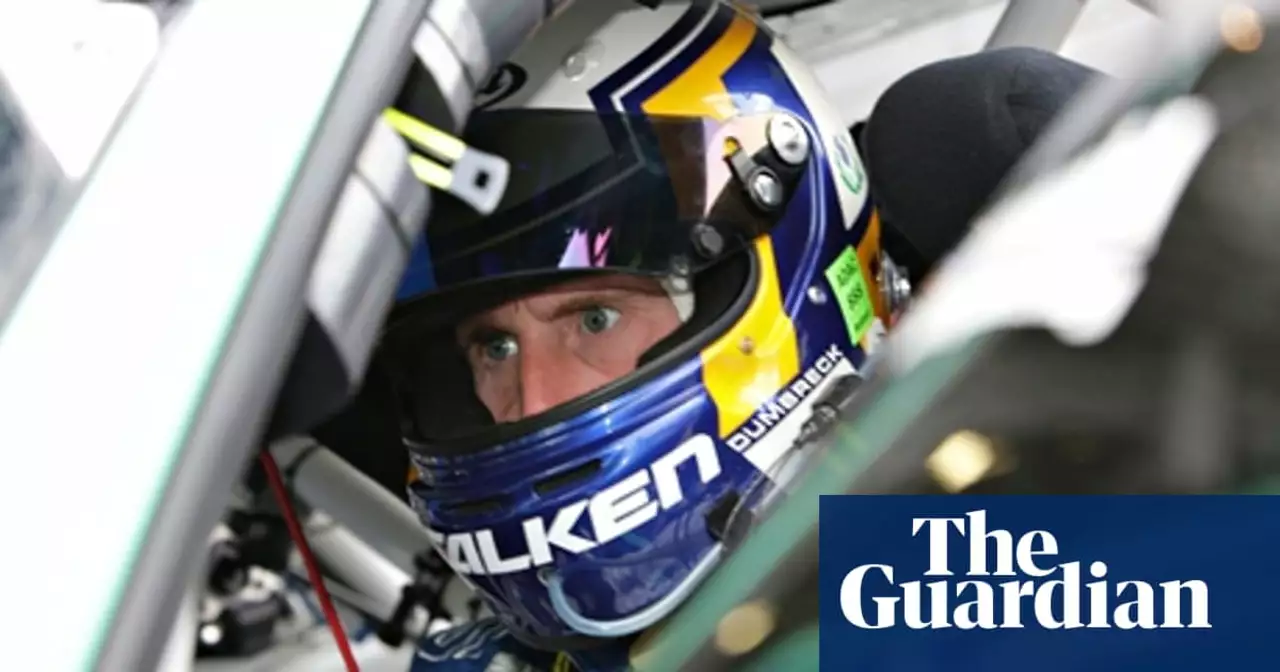Rally Cost Guide: How Much Does Endurance Rallying Really Cost?
If you’ve ever stared at a rally flyer and wondered if you can actually afford it, you’re not alone. Rallying looks thrilling, but the price tag can surprise beginners. Below you’ll find the biggest cost buckets, realistic numbers for UK events, and a few tricks to keep the budget in check.
Entry Fees and Registration
Most UK endurance rallies charge an entry fee that covers organisation, timing equipment and road permits. Expect to pay anywhere from £150 for a local club rally to £600 for a national‑level event with a long itinerary. Some events also require a separate slot fee for each crew‑member, usually £30‑£50. Add a small admin charge for the rally licence (about £25) if you don’t already have one.
Car Preparation and Ongoing Expenses
The car is the biggest slice of the pie. A baseline rally‑ready hatchback can cost £5,000‑£8,000 if you buy a used model and add a roll‑cage, upgraded suspension and a rally‑tuned engine. New parts like a rally‑spec differential, reinforced brakes and a fire‑suppression system can add another £1,500‑£3,000. Don’t forget consumables: tyres for mixed surfaces run £70‑£120 each, and you’ll probably go through three or four sets per event.
Beyond the big upgrades, budget for routine maintenance. Oil changes, brake pads and shock absorber rebuilds are normal after a few stages and can easily total £300‑£500. Keeping a detailed service log helps you spot recurring issues before they become costly breakdowns.
Safety gear is mandatory and not optional. A proper FIA‑approved helmet costs £120‑£250, a fire‑proof suit runs £200‑£350, and a quality harness set is about £150. Most crews also buy a backup set of gloves, boots and a first‑aid kit, adding another £100‑£150.
Insurance is another hidden expense. Public liability for rally events is usually £100‑£200 per season, while a specialised rally car policy can be £400‑£800 depending on the car’s value and your experience level.
Travel and accommodation can swing the total budget dramatically. If the rally is within a few hours’ drive, you might spend £50‑£100 on fuel and a night in a budget hotel. Long‑distance events often require two‑night stays, meals for the crew and possibly a trailer hire, pushing travel costs past £500.
Don’t forget the co‑driver’s share. A competent navigator may charge a flat rate of £100‑£200 per rally, or you can split the entry fee and share fuel costs. If you’re a teen or new driver, many clubs offer a “junior seat” at a reduced price, which can shave a few hundred pounds off the total.
Now that you see where the money goes, try these simple saving tricks: look for used roll‑cages on forums, buy tyres in bulk, share a trailer with another crew, and seek local sponsorships (shop signs, auto parts stores). Keeping a spreadsheet of expected vs. actual spend lets you spot overruns early and adjust.
Bottom line: a modest first season of UK endurance rallying can be done for roughly £2,000‑£3,000 if you start with a cheap, reliable car and manage consumables wisely. More competitive setups climb to £7,000‑£10,000. Knowing the numbers ahead of time makes the sport far less intimidating and lets you focus on the fun of tearing through the countryside.
How much does it costs to become a rally driver?
Becoming a professional rally driver is an expensive but rewarding endeavor. From buying the right car and equipment to paying for travel, lodging, and other expenses, the cost of getting into the sport and succeeding can add up quickly. But with dedication, hard work, and the right attitude, it is possible to make a career out of rally driving. For those passionate about the sport, the cost of becoming a rally driver can be worth the effort.
Read More

